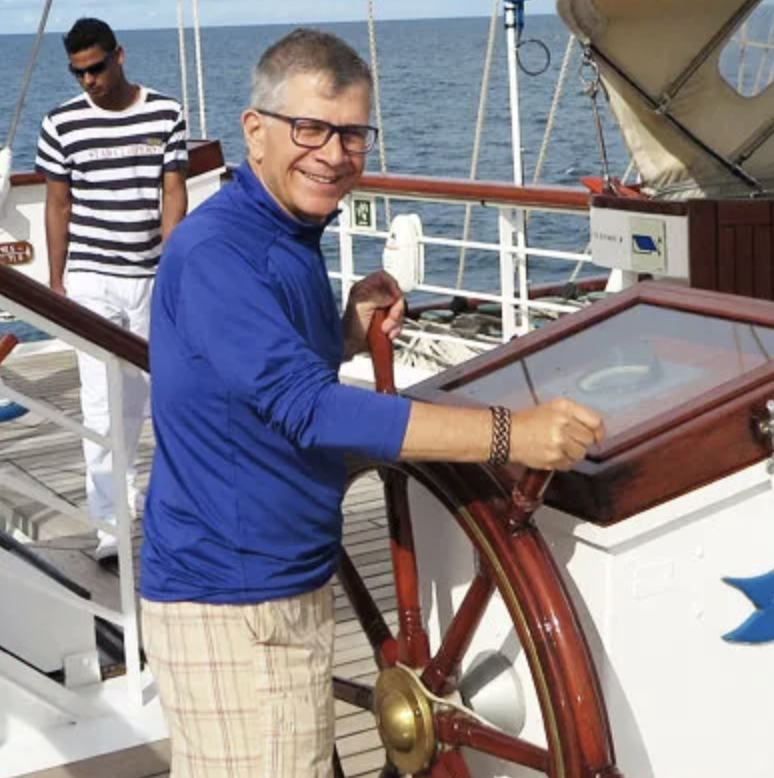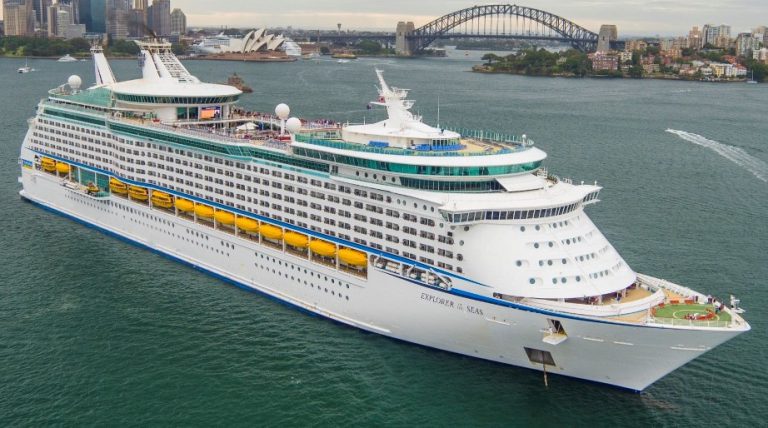Reading the tea leaves about when we’ll be able to get back to cruising is a little like Kremlin watching during the cold war: it wasn’t so much what they said, but who was saying it.
So when Simon Birmingham, Federal Tourism Minister, says he doesn’t expect our borders to be open to international tourism before the end of the year, he is also saying don’t expect to see foreign flagged cruise ships back at our ports before then.
“I do sadly think that in terms of open tourist-related travel in or out of Australia, that remains quite some distance off,” Mr Birmingham said. “Just because of the practicalities of the volumes that are involved and the need for us to first and foremost keep putting health first.”
Asked whether that meant the borders would not reopen until next year, he said: “I think that is more likely the case.”
If foreign guests and crews can’t come here, our regular armada of ships will be forced to stay at anchor. Though there are plans for local cruising, how to deal with crew is still an open question.
There is a lot to be done before cruise can return to Australian waters. One task is convincing states and territories that it is safe to allow cruise ships to ply our waters. The other is convincing the cruising public that their safety really will be the number one concern.
The cruise lobby group Cruise Lines International Association (CLIA) is in the vanguard of this enormous project.
Its job on the world stage is to persuade the powerful American organisation The Centres for Disease Control and Prevention that it has health protocols in place to ensure passengers are protected as far as is possible for the coronavirus. And if it does attack a ship, there are measures in place to contain it and treat its victims properly on land.
So far, the CDC is not showing signs of hurrying, making it difficult for CLIA Australasia, for instance, to do very much at all.
This week, CLIA put out a report on the economic cost of what its members call a “pause”.
“The suspension of cruise operations is likely to cost Australia more than $1.4 billion in lost economic activity by mid-September and threaten the jobs of more than 4,800 people” according to analysis commissioned by CLIA.
The AEC Group forecasts on behalf of CLIA that if the cruise suspension continues beyond its current date of September 17 and into the summer high-season, the economic loss to Australia would total a further $3.8 billion and place another 13,000 jobs at risk”
After Mr Birmingham’s remarks, that looks quite likely.
According to a CLIA press release, Managing Director Australasia Joel Katz says cruise lines are hard at work developing extensive measures to uphold the health and safety of passengers and crew when the time is right to resume sailing. However, he warned the economic cost in the meantime would extend far beyond the cruise lines themselves.
“Cruise tourism is worth $5.2 billion a year to the Australia economy and supports more than 18,000 jobs,” Mr Katz said. “These jobs are spread across almost 50 destinations and every state, including many regional communities and remote locations that have suffered enormously in the tourism shutdown.”
All true. But every tourism operator, from airlines to hotels, could make the same case. And until health protocols are in place and the disease dictates that cruising is safe, it’s part of the enormous cost of ensuring the public is safe. Something that CLIA itself concedes.
“The suspensions that cruise lines and governments have enacted worldwide have been the right response as we confront COVID-19, but there is an enormous cost to those who make up the wider cruise community,” he said.
“There are many thousands of travel agents, tour operators, ports and destinations, technical support providers, and food and beverage suppliers who support the cruise industry and are suffering enormous financial stress.”
Mr Katz went on: “The cruise industry is taking a wide-ranging and holistic approach to planning for COVID-19 safety when sailing can resume. While it is too soon to outline specific measures, the industry is considering protocols that will ideally entail a door-to-door strategy beginning at the time of booking through to when a passenger returns home.
“CLIA cruise lines are using this time to ensure we learn as much as possible from COVID-19 and develop the best possible response, so that the wellbeing of passengers remains our highest priority and the economic benefit of cruising can return to communities around Australia.”
Again, all true. But until we have clear and united health protocols and agreement from organisations like the CDC, the Australian federal and state governments and ports around the region, it is hard to see where we go from here.
In the meantime, the industry needs to continue to engage with its key clients – Australia’s ardent cruise supporters – in an honest and transparent way.
It needs to continue the hard work it has put into processing refunds and, as Helloworld chief executive Andrew Burnes said this week, refrain from selling cruises that simply won’t sail.










That’s amazing A FREE Senior Discount I have never repeat never heard of anyone paying for a discount, can you explain .
Thanks